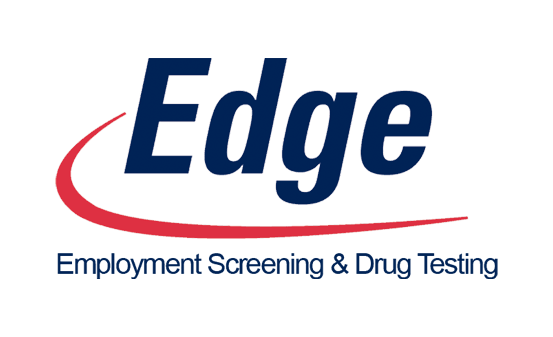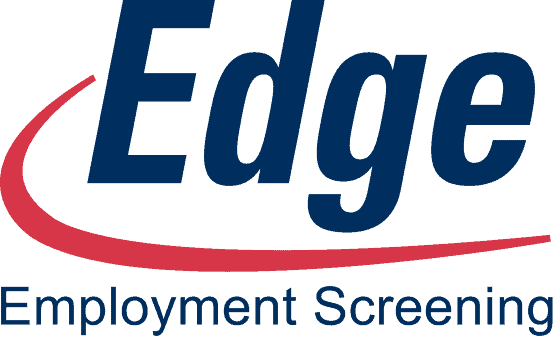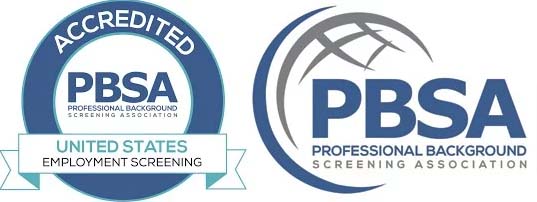Most companies place a lot of importance on the pre-employment phase of the hiring process – meticulously screening candidates, writing offer letters, and onboarding new employees. Most of them, however, aren’t aware that it may be advisable to conduct further background screening beyond that point.
Conducting employee monitoring is a rising business trend that helps organizations weed out bad hires to maintain a safe work environment. In the past, this was typically done by continuously searching through the criminal databases, verifying the record at the county level and then alerting employers about any new criminal activity that may be associated with an employee. New technology, however, now makes it possible to monitor county criminal records directly from most counties across the country at a price point that is no longer cost prohibitive.
This article will explain the importance of continuous workforce monitoring and its three benefits.
The Need for Continuous Monitoring
Organizations make investments of time and money to ensure they know as much as they can about a candidate’s fit for their company prior to hiring them. This is a wise choice in most circumstances considering an employee may have access to company property, proprietary business information, financial records, your customers, or more depending on the position being hired. Moreover, companies know that choosing a trustworthy person to handle these things is crucial.
A bad hire can lead to workplace safety issues, coworker dissatisfaction, loss of productivity, and more serious adverse effects that could lead to a tarnished reputation, your organization being in the news and of course, lawsuits of all shapes and sizes. Not to mention the cost of replacing an employee, which according to one survey, averages around $10,000, further hurting the company’s bottom line.
For the reasons above, conducting due diligence on your workforce after the initial hire and onboarding process may be a small investment that derives a massive amount of value later. There are many scenarios in which continuous monitoring may prove helpful, especially in the post-pandemic world.
Behavior Change in Employees
Many employees returned to their offices when world economies reopened after a two-year bout with COVID-19, which while seemingly less dangerous, is still ongoing today. Like most of us, those two years changed behavioral patterns in ways that are still being studied today. Their behavior could have changed since the time of hiring, especially after going through the stresses caused by the pandemic. There have been enumerable studies done on everything from substance abuse rates going up and mental health decline during the pandemic to the pandemic’s effect on communities, crime and social unrest. One thing is certain, behavioral changes occurred in a substantial portion of the population during the pandemic. There were likely many contributing factors to the changes but they did occur.
Conducting post-hire criminal monitoring may help organizations support their employees by alerting them to issues that may be oncoming or ongoing instead of only being able to react after the fact which unfortunately may be too late.
Change in Employment Status or Responsibility
Another reason to implement post-hire employee monitoring is to help companies conduct better rescreening. Many organizations already rescreen segments of their employee population today at regular intervals. This could be every other year, every three years etc. Monitoring is now much less expensive and may represent a far better investment in time and money as it alerts the employer as developments occur rather than a year or more after something happens. For instance, if an employee gets arrested for DUI (Driving Under the Influence) you may not wish for them to drive a company vehicle until after the case is resolved.
The additional checks you make could be an insightful tool in helping you verify the employee’s eligibility for their current position or allow you to move them to another role until something is resolved.
Company Changes
A merger or acquisition is another situation where a rescreening of existing employees usually occurs. New bosses will want to get to know the employees coming into their fold. This serves as a precaution to help maintain an environmentally safe workplace even in the presence of new faces.
Investing in employment screening solutions can help the oncoming new management to feel at ease about the new employees they’re about to inherit.
The Benefits of Continuous Criminal Monitoring
After learning about the importance of employee monitoring post-hire, let’s now look at its three benefits and how an employment background screening company can help you achieve them.
Protects Companies
As mentioned in the previous section, one good reason to perform continuous background checks is to assist in the process of your organization’s compliance, helping to keep it consistent and that employees remain within your company’s screening requirements even years after they’ve been hired.
Monitored employees usually have access to highly sensitive company information or valuable company property or cash. Implementing continuous monitoring may help you prevent the risk of data breaches, misallocated funds, fraud, theft, violent behavior, and other threats to your business or industry compliance.
Partnering with an employment background screening company allows you to monitor the criminal record activity of your existing employees and even contractors in near real-time. As an employer, you can initiate intervention or the appropriate action immediately without waiting for the scheduled rescreening process.
Protects Clients
Criminal monitoring is not only about protecting the company but their customers as well. Many employees, especially front-line workers, interact directly with your clients or the general public including vulnerable populations.
This applies to many industries. Whether a client relationships or a company’s public reputation, trust is something that once lost is almost impossible to repair in a timely manner.
Mistakes can happen when you fail to filter the wrong people out of your employee pool. For example, an employee might be under the influence while attending a virtual meeting. A worker might post racist, sexist, or discriminatory rants on social media. A driver could pass out drunk at the wheel. There are enumerable examples of how these types of situations can negatively affect a company’s standing and bottom line.
All of the above may result in reputational threats and potential litigation, which could fracture a customer relationship and hurt your organization for years to come. To avoid this, you may wish to implement new policies and partner with an employment background screening company to conduct ongoing employee monitoring.
Continuous monitoring allows you to be in the know about your employees, criminal activity large and small, and traffic offenses from the moment those cases are filed at the county level. This means that you will know things are pending and be able to follow situations that may be important to your organization. This initiative will enable you to demonstrate to your clients that you have taken measures to maintain a high level of accountability and it may reassure them of your team’s reliability and credibility.
Helps Maintain Standards and Compliance
As mentioned earlier, employees can change a lot during the months or years after hiring. They could be influenced by the wrong crowd or involved in the wrong activities.
Continuous workforce monitoring is a great way to make sure that your company holds employees to the same high standards initially set when they were hired.
Aside from maintaining organizational standards, remaining compliant with federal, state or individual industrial standards and laws may be just as crucial because failure to do so may result in hefty fines or expensive lawsuits. Therefore, employers may need to remain vigilant throughout an individual’s employment rather than just at the outset. Organizations now have a tool for their compliance by performing thorough criminal monitoring, which may help protect the company more thoroughly.
Conclusion
Conducting ongoing employee monitoring is now becoming far less expensive and seen more and more as a best practice in building a safe and compliant workplace that nurtures an environment for optimal success. These new tools may help you hire and retain the best candidates for a minimal investment and that is why so many organizations are implementing them.
Continuous criminal monitoring is being adopted in many industry types, but those in retail, transportation, healthcare, education, and financial sectors seem to be early adopters. Post-hire employee monitoring is ideal for positions that can directly impact customer safety and company brand. It may also be helpful for jobs that require a certain level of trust.
A good employment background screening company simplifies ongoing record checks regardless of company size. It updates the information as close to real time as is compliant to reduce risks and identify circumstances that may pose dangers like workplace violence or other avoidable and unfortunate circumstances.
Cultivating and maintaining an environment of safety and trust in the workplace by conducting post-hire monitoring doesn’t have to be challenging. Investing in quality employment screening solutions helps employers set up and deploy robust ongoing criminal monitoring programs that give companies peace of mind knowing that its employees uphold the organization’s high standards.










